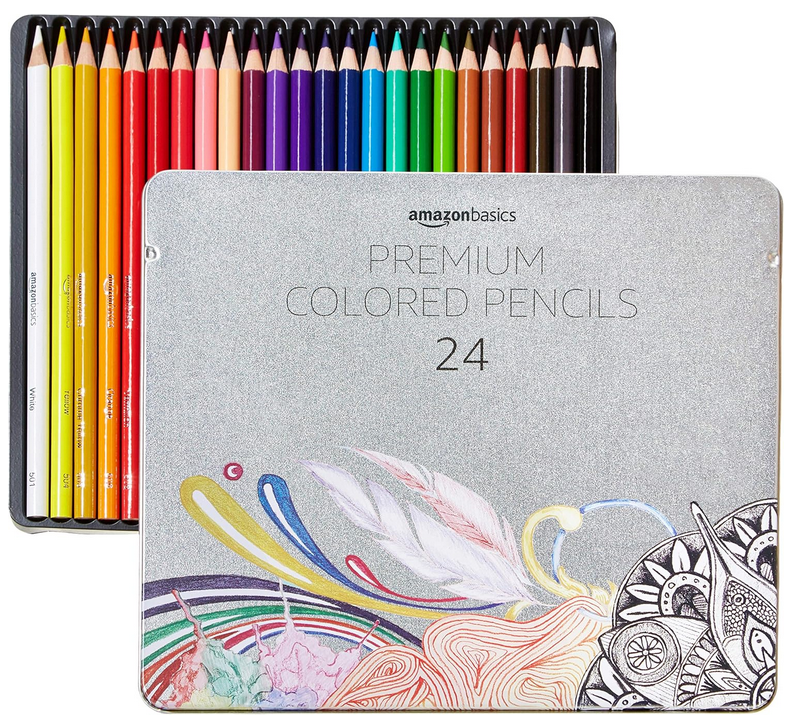- Home
- Art History
- Australian
First Australian
The study of first Australian art represents one of the most significant chapters in global art history, encompassing the world's oldest continuous artistic tradition. Aboriginal and Torres Strait Islander peoples have created art for at least 65,000 years, making their artistic expression the earliest known human creative endeavor on Earth.
As an essential art history lesson, understanding first Australian art begins with recognizing its deep connection to the land, spirituality, and cultural practices of Indigenous peoples. The earliest examples of this artistic tradition can be found in rock art sites across the continent, with some of the most significant locations being in Western Australia's Kimberley region and Arnhem Land in the Northern Territory.
Rock art, comprising both petroglyphs (carved or engraved designs) and pictographs (painted images), represents the foundation of first Australian art. The Gwion Gwion paintings (formerly known as Bradshaw paintings) in the Kimberley region date back at least 12,000 years, featuring detailed depictions of human figures with elaborate ceremonial dress and ornaments.
The sophistication of these early artistic expressions challenges any notion of "primitive" art, as demonstrated by the complex techniques and materials used. Indigenous artists developed and utilized natural pigments derived from ochre, charcoal, and other minerals, creating a palette that has remarkably endured through millennia. This knowledge forms an essential component of any comprehensive art history fill-in worksheet.
First Australian art is characterized by its rich symbolism and storytelling function. The artworks serve as visual languages, communicating important cultural knowledge, Dreamtime stories, and mapping of Country. These formal artistic traditions have been passed down through generations, maintaining their cultural significance while evolving in form and medium.
Contemporary understanding and appreciation of first Australian art has grown significantly in recent decades, with major institutions worldwide recognizing its importance in the global artistic heritage. This recognition has led to increased preservation efforts and the development of specialized study programs focusing on Indigenous Australian art history and cultural practices.
The continuing influence of first Australian art on contemporary artistic practice demonstrates its enduring relevance and vitality. Modern Indigenous artists often incorporate traditional techniques and motifs while exploring new mediums and themes, creating a dynamic dialogue between ancient traditions and contemporary expression.
For educators and students alike, studying first Australian art provides invaluable insights into the world's oldest living culture and its sophisticated artistic traditions. This knowledge not only enriches our understanding of human creativity but also helps foster greater cultural awareness and respect for Indigenous heritage.
Okay, so now I've put on some ads from Amazon - from which I may earn a few cents. (2025)



